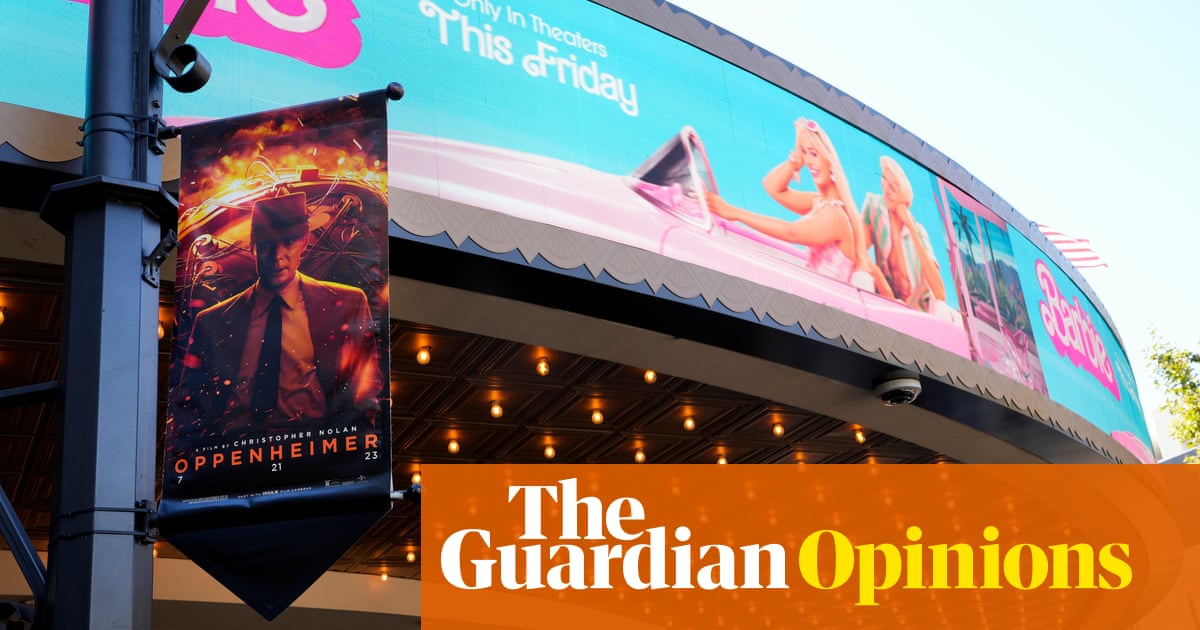
On the first day of 2022 – the hottest New Year’s Day on record – Priti Patel announced that cracking down on eco protesters would be one of her priorities for the year.
It wasn’t simply rhetoric. The police, crime, sentencing and courts bill for England and Wales being debated in parliament provides the police with a dramatic extension to their powers to stop or constrain protest. It even contains a provision allowing police to fine protesters for inadvertent breaches of restrictions they “ought” to have known about.
It’s remarkable that the government would frame people campaigning about the climate crisis, rather than the climate crisis itself, as the priority problem. But Patel is following a line of thought going back to the dawn of industrialisation, which sees protest crowds as a source of fear. Assembling into crowds gives people power, and allows them to challenge forms of social control.
For those accustomed to holding the whip hand, there is nothing more terrifying than that.
These fears and fantasies about the crowd were systematised into theories that hold crowd members to be inherently violent, and thus view any crowd event as having the potential to descend into mayhem. This then legitimated repression. One can’t reason with the mob, only dominate them.
The irony is that the repressive power of the police, supposedly the means of stopping violence, is actually the source of most violence in crowd events – either directly (the police inflict far more violence than is inflicted upon them) or indirectly (the repression of protesters’ rights inflames previously peaceable crowds).
In recent years these dynamics of repression and escalation have been increasingly recognised not just by critics but by the police themselves. In the UK, the turning point was the death of Ian Tomlinson during the 2009 G20 summit protests. This led to a major report, Adapting to Protest, which suggested new forms of public order policing, based on new policing practices.
One is facilitation, which entails changing the focus from stopping the crowd, to helping them achieve lawful goals. Another is dialogue policing, where police liaison officers act as mediators between police and the crowd.
Recently there has also been emphasis on rights-based policing, which is organised around upholding the right to freedom of peaceful assembly as enshrined in article 11 of the European convention on human rights and article 21 of the international covenant on civil and political rights.
The recent Cop26 in Glasgow was heralded by Police Scotland as an event where the principles of rights-based policing would be put into practice. Our team of psychologists, sociologists and legal scholars spent two weeks on the streets of the city examining how that worked out.
Certainly there was a lot of protest – a 100,000-strong march was the centrepiece, but marches, vigils, sit-downs and lock-ons occurred every day. And yet there was virtually no violence, and fewer than 100 arrests in total.
Much of this has been put down to “firm but amiable policing”. But protesters had no intention to be violent in the first place, even Priti Patel’s bugbears in Extinction Rebellion (XR). This was exemplified for me personally when XR mounted an action outside a Santander bank branch. Two people locked themselves together and blocked the street. Protesters assembled, chanted, danced and painted graffiti on the walls of the bank.
Two hours later it was all over, everyone had left and council cleaners had even removed the graffiti. “Was it hard work?” I asked the cleaners. “No,” they replied. “Easy, it was chalk-based paint [designed to wipe off with a cloth].” XR protesters may be awkward and they may be disruptive. But they are certainly not violent or destructive.
The only times we saw mounting tension and anger were where protesters did experience the policing as excessive and intrusive – as when police gathered in large numbers, and used surveillance officers to film protesters – or repressive, notably during two kettling incidents.
This came down to differences in the sense of threat or danger. While the police committed in principle to enabling peaceful protest, disruptive crowd actions were always seen to compromise official control and hence create danger, and therefore had to be policed robustly. For protesters, however, danger was not on the horizon and hence the policing was seen as excessive.
For example, the kettling incident on 3 November occurred when a protester outside the offices of the SSE energy company was said by police to have sprayed two officers with paint. The police characterised this as an assault on their officers and as evidence of the threat posed by the crowd. Protesters saw it as nothing of the sort, and certainly not a reason to treat their protests as threatening.
Overall, Cop26 represented an uneasy grafting of rights-based policing concerns on to prior concerns about control. While the low level of arrests seems encouraging, if it comes out of an overall massive use of force that makes protesters feel unable to exercise their rights to peaceful protest it’s hardly something to celebrate.
The way forward is to understand that a rights-based approach cannot simply be mixed into an existing public order framework but must lead to a rethinking of traditional policing priorities.
Which is why the police and crime bill is a step backwards. It delegitimates protest in the eyes of the police, and delegitimates police in the eyes of protesters. It ditches individual rights, and raises restoring control as the overriding consideration.
The bill unambiguously reinstates the police as arbiters rather than facilitators of dissent. It will further erode police legitimacy and give succour to a chant we heard repeatedly on the streets of Glasgow: “Who do you serve? Who do you protect?”
Stephen Reicher is a member of the Sage subcommittee advising on behavioural science. He is a professor of Psychology at the University of St Andrews. During Cop26 he was part of a research team, funded by the New Institute in Hamburg, which was studying the dynamics of protest.












